- Antipasti
- Bella Italia
- Dessert
- Drinks
- Favorite Italian recipes
- Main courses
- Pasta
- Pizza
- Side dishes and salad
- Tips & Knowledge
Best basil pesto: Pesto Genovese
The aroma of freshly made basil pesto is simply amazing. The intense green color is also spectacular. In short: pesto is an incredible delicacy and so easy to make!
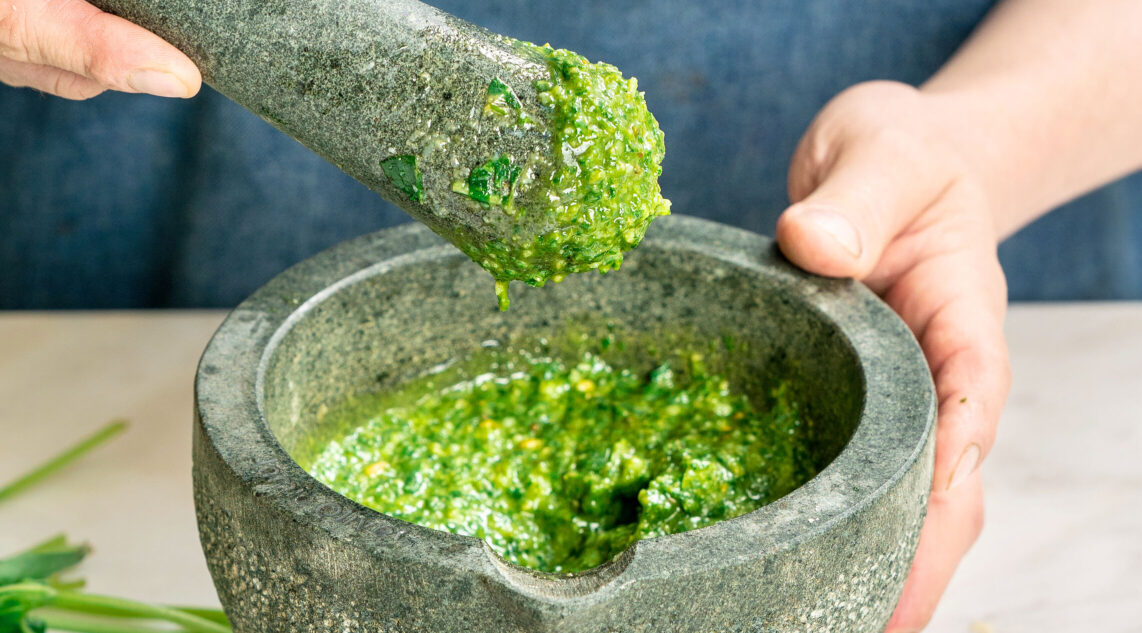
- 1 Pinch Sea salt , fine
- 1 Toe Garlic
- 50 g Pine nuts
- 100 g Basil leaves, plucked, without stem
- 150 ml Olive oil, extra virgin
- 50 g Parmesan cheese , grated
- Mortar
Schritt für Schritt durch´s Rezept
- Step 1Peel the garlic clove and cut into very fine cubes. (Tip: If you only like a hint of garlic, halve the clove and rub the inside of the mortar with the cut surfaces. Then put the rest of the clove to one side).
- Step 2Process the salt and finely chopped garlic in a mortar to a creamy consistency. It is best to move the pestle in a circular motion inside the mortar.
- Step 3Gradually add the pine nuts to the mortar in batches and grind.
- Step 4Now it’s the turn of the plucked basil leaves. They are also added to the mortar in small portions, one after the other, while pounding.
- Step 5Gradually add the grated Parmesan to the mortar and continue to pound. The mixture should have a creamy consistency.
- Step 6While one hand continues to pound, the other hand slowly pours the olive oil into the mortar in a thin stream. When everything is well combined, the pesto is ready.
Quick-change artist from the mortar
Pesto always refers to an uncooked sauce whose ingredients are mashed. The best-known recipe is undoubtedly pesto alla genovese, or basil pesto.
However, the list of ingredients can be changed and varied endlessly. Pesto always tastes delicious. Instead of Parmesan, you could use Pecorino or Grana Padano, for example. But pesto can also be made without cheese. Use walnuts, almonds or hazelnuts instead of pine nuts. Use pumpkin seed or rapeseed oil instead of olive oil. Replace basil with wild garlic, rocket, parsley and, and, and…


There is only one top priority: pesto must have a creamy consistency. Then it is a culinary all-rounder that goes well with more than just pasta. Try a spoonful of pesto in soup, on crostini, bruschetta and sandwiches, on pizza, in risotto, in sliced meat or even as a filling in roulades.
More on the topic
Pesto comes from Genoa
Pesto is originally part of Genoa’s culinary heritage. It was probably invented here in Liguria. Pestare means “to mash” in Italian, which is where the name comes from.
Here in Liguria, Genovese pesto is traditionally served with small twisted pasta, often made from chestnut flour. This is called trofie di castagne al pesto.


Incidentally, pesto became really famous beyond Italy’s borders thanks to Frank Sinatra. His mother came from the area around Genoa. She passed on her passionate love of her homeland’s cuisine to her son. And so it was that Frank’s likeness ended up in an advertisement for pesto and the popularity of the green sauce exploded.
The right ingredients for the Original Pesto Genovese
Incidentally, THE one recipe for pesto genovese is not carved in stone anywhere. The first written recipe for pesto genovese (from 1864) lists Dutch cheese, parsley and marjoram as ingredients. That may sound strange today! But back then, maritime trade shaped the world and life in the port city of Genoa. Perhaps Gouda was simply chic? And without today’s greenhouses, basil was really only available in summer back then…
Typical ingredients that most Italians can agree on these days are:
- Basil leaves
- Pine nuts
- Garlic
- Parmigiano Reggiano
- Olive oil (from Taggiasca olives, with little acidity)
- Sea salt
PS: If you liked the recipe, why not bookmark it on Pinterest! There’s lots more inspiration about good food and Italy on the Gustini profile. It’s worth following us there !
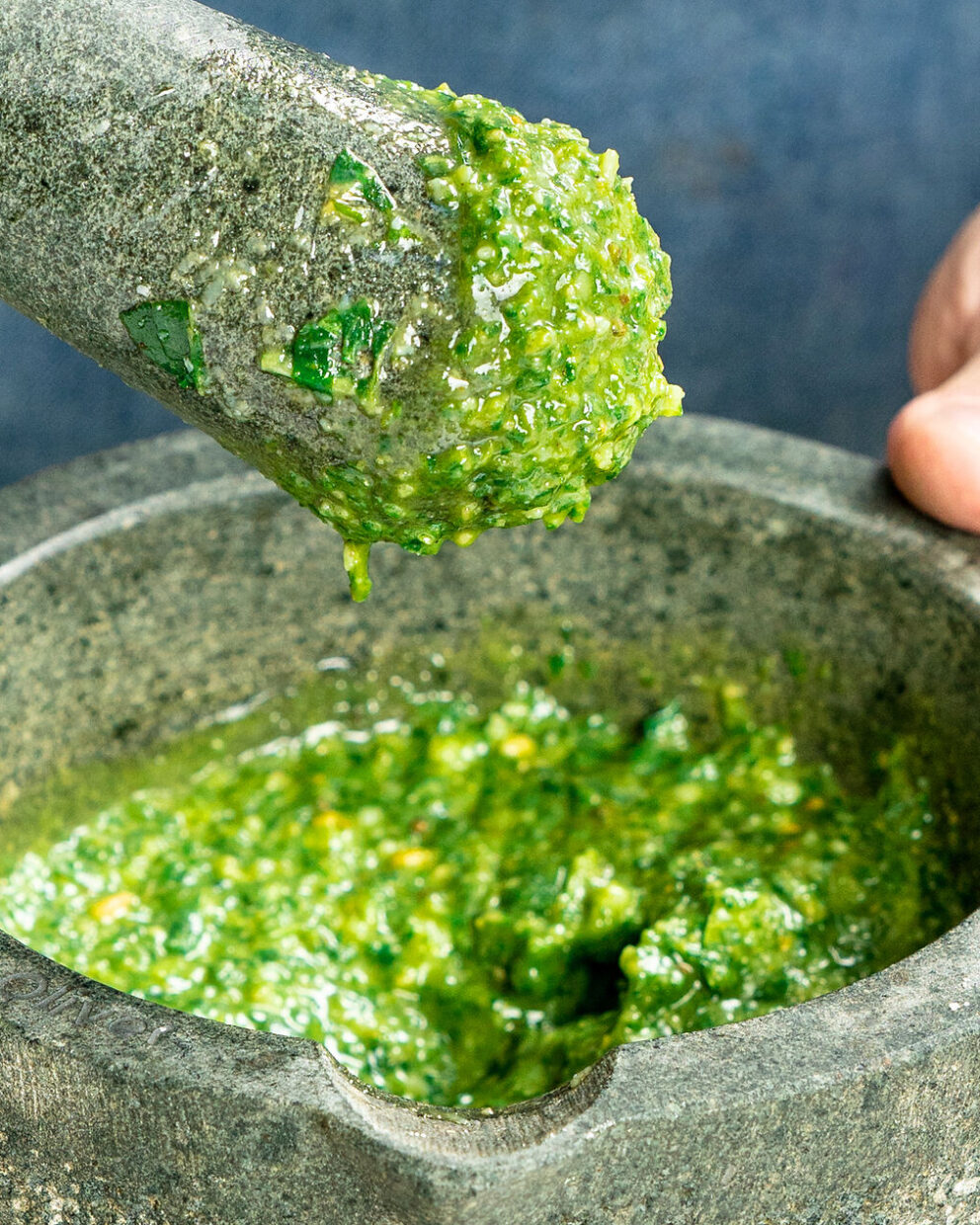
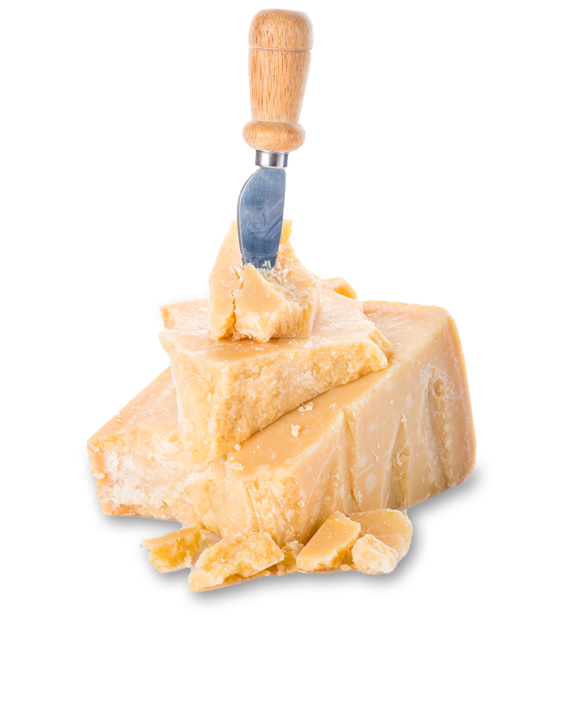
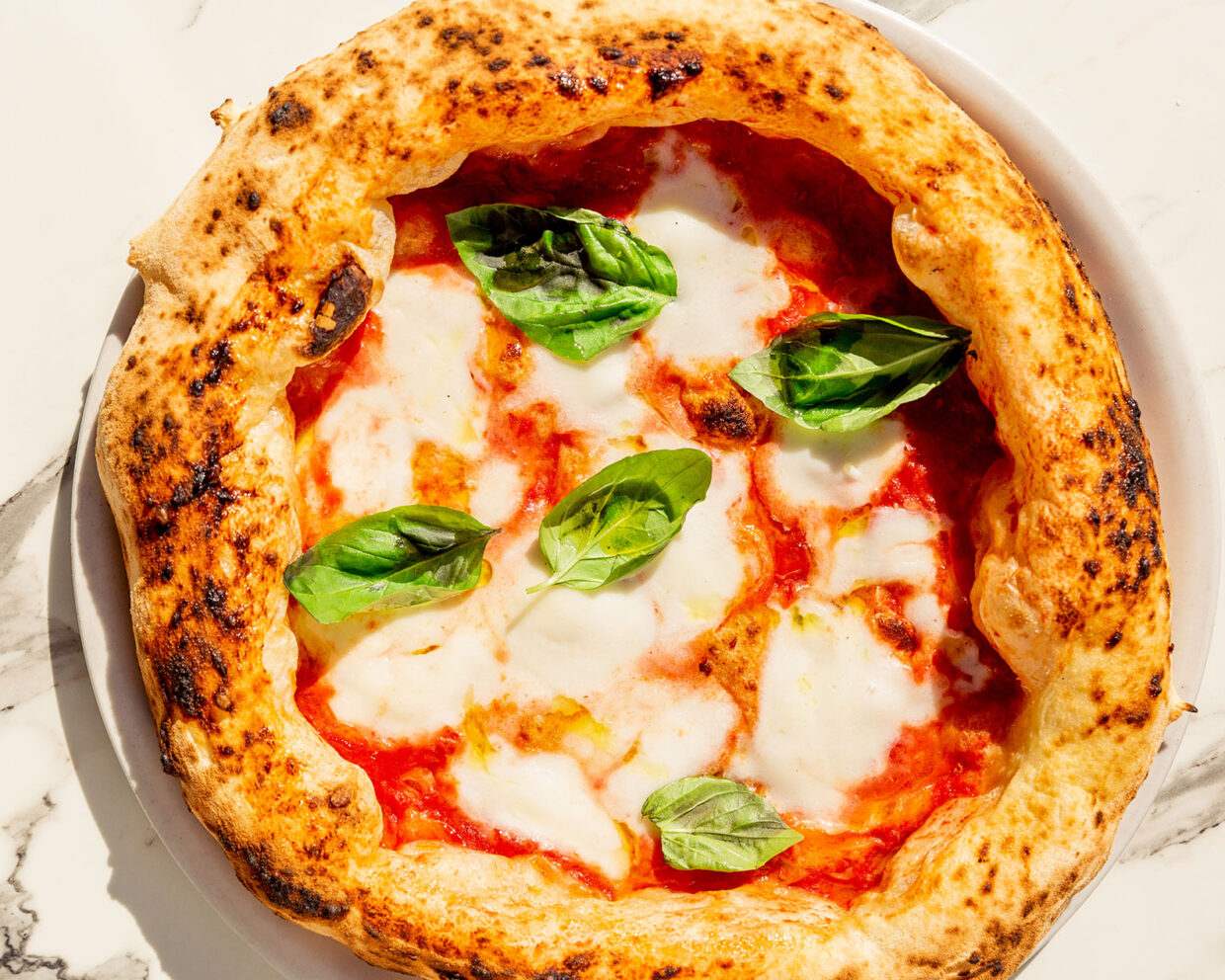
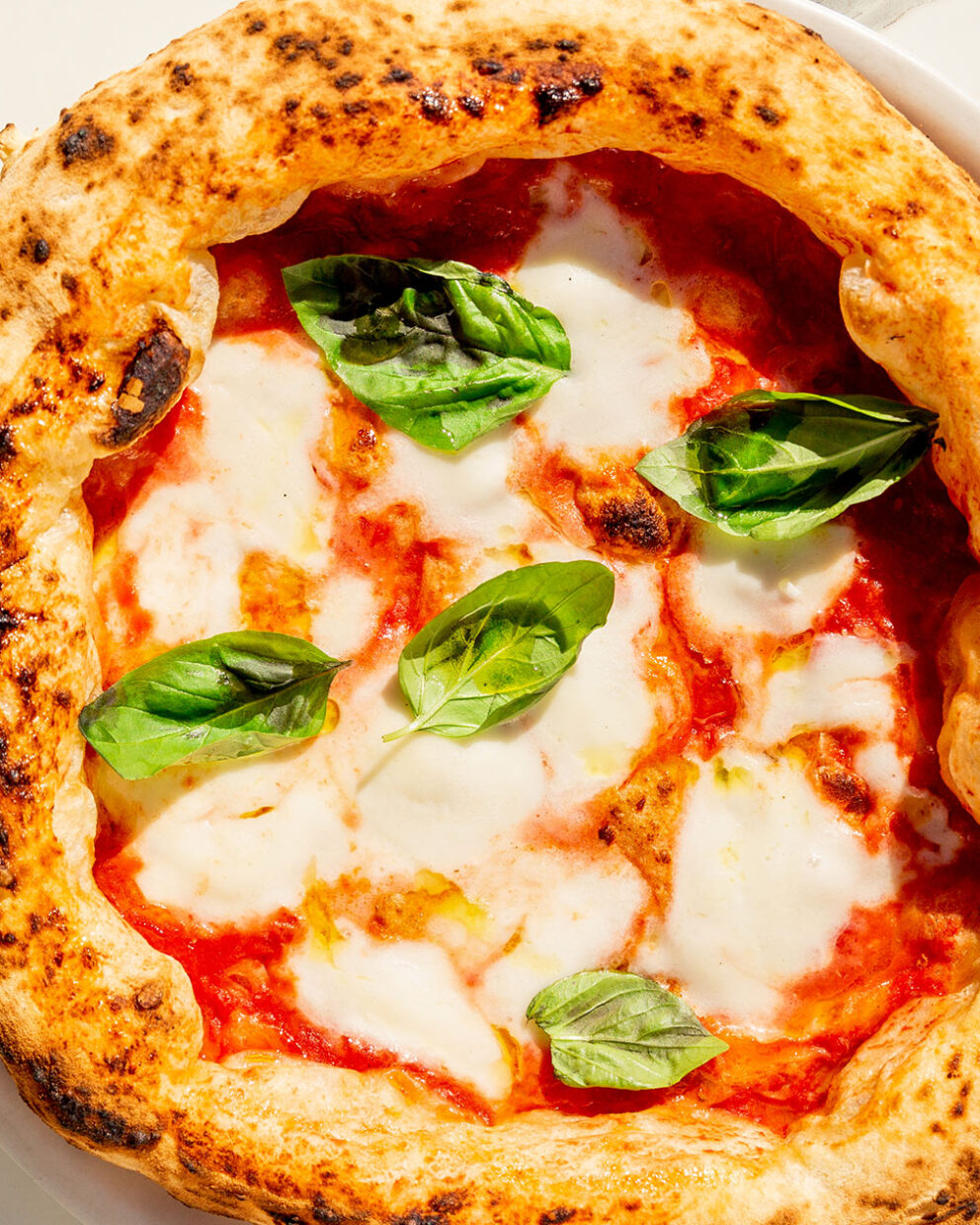
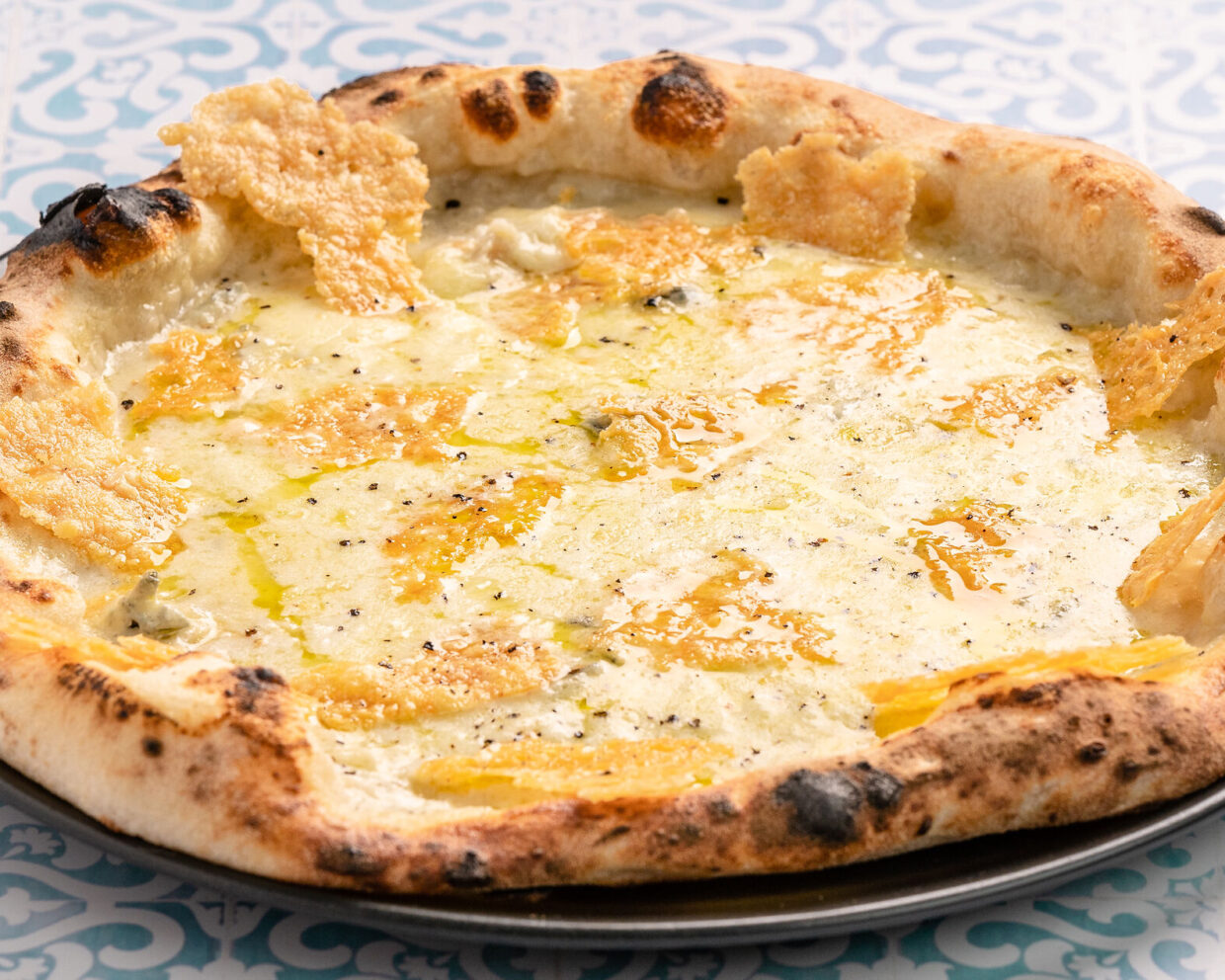
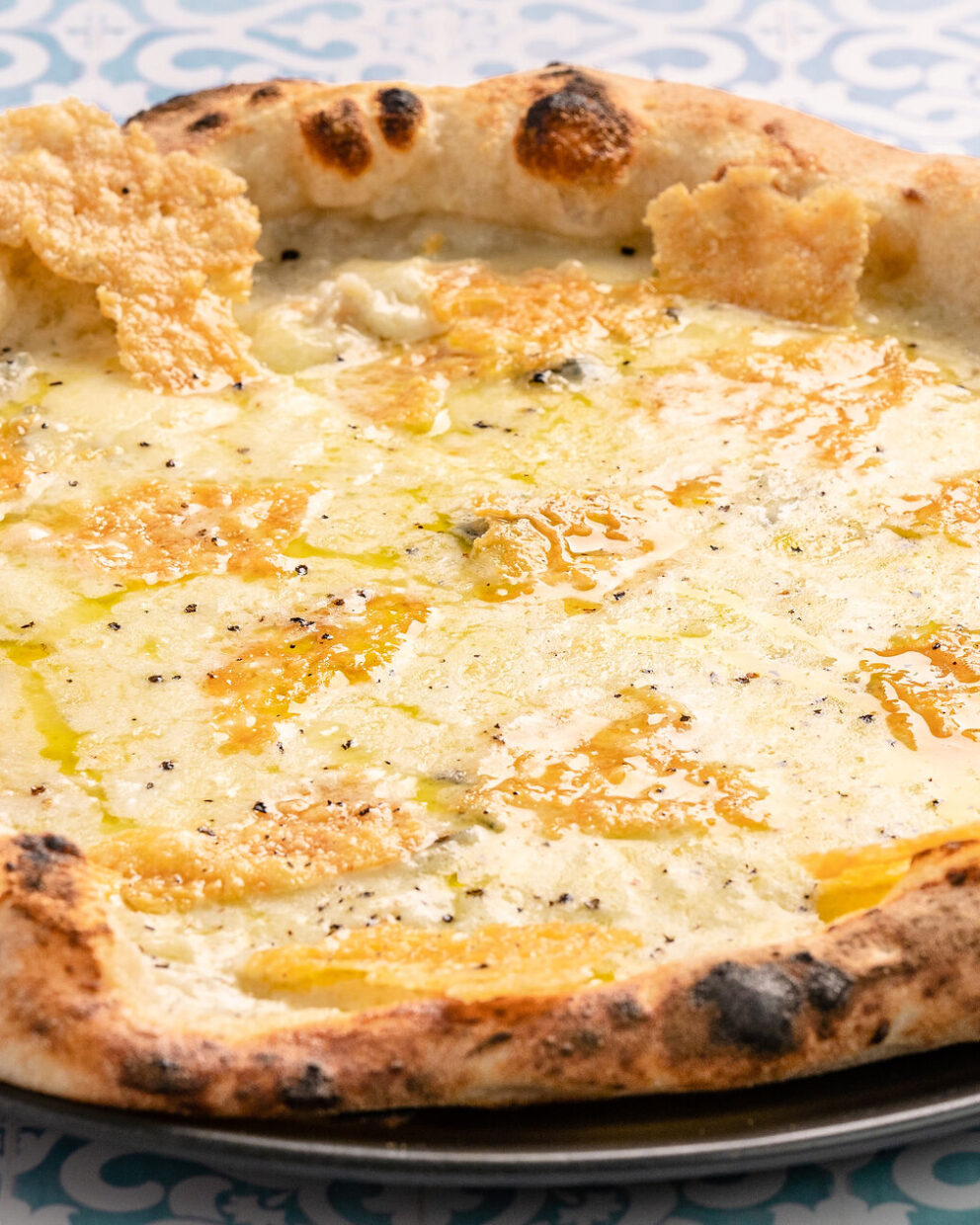
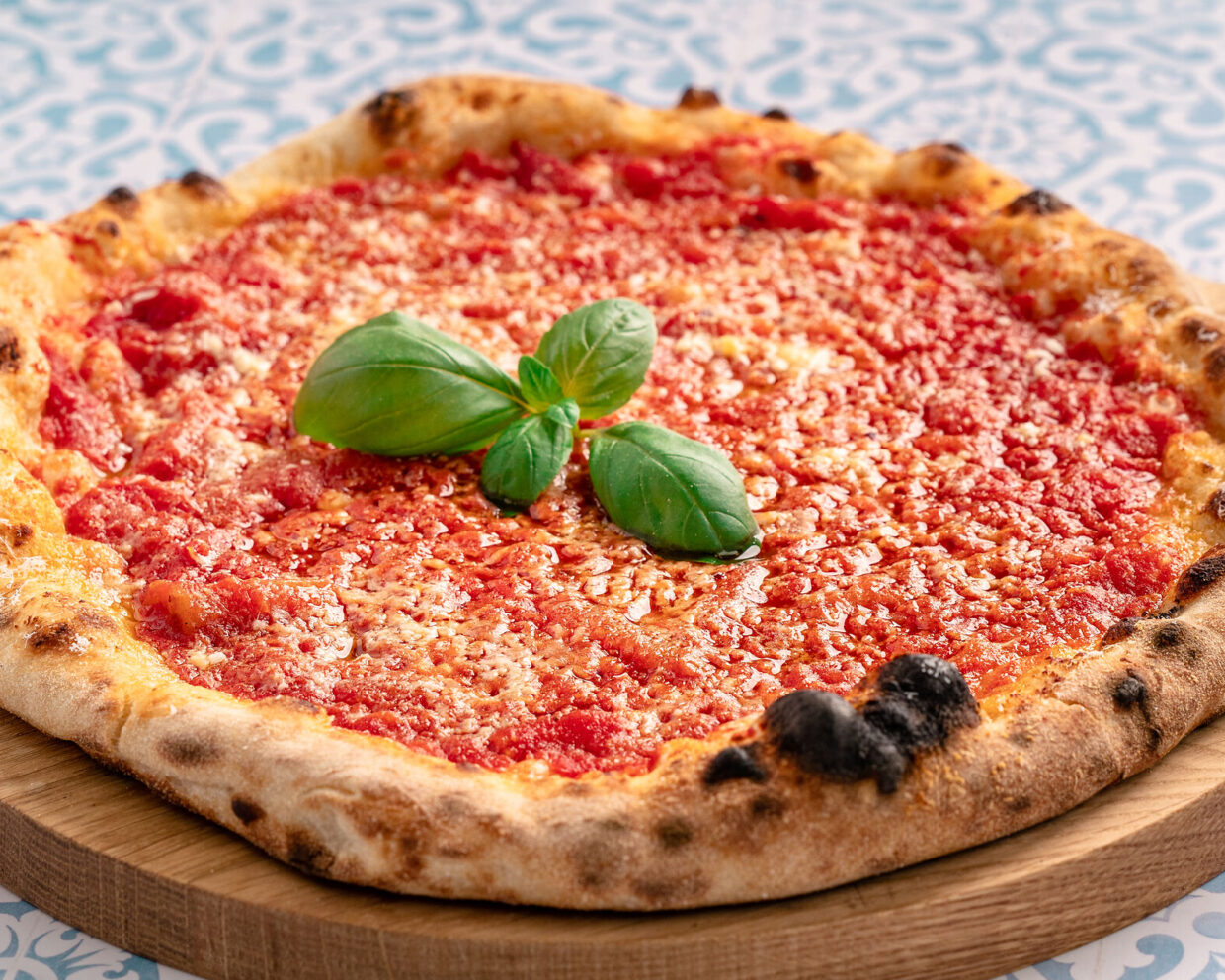

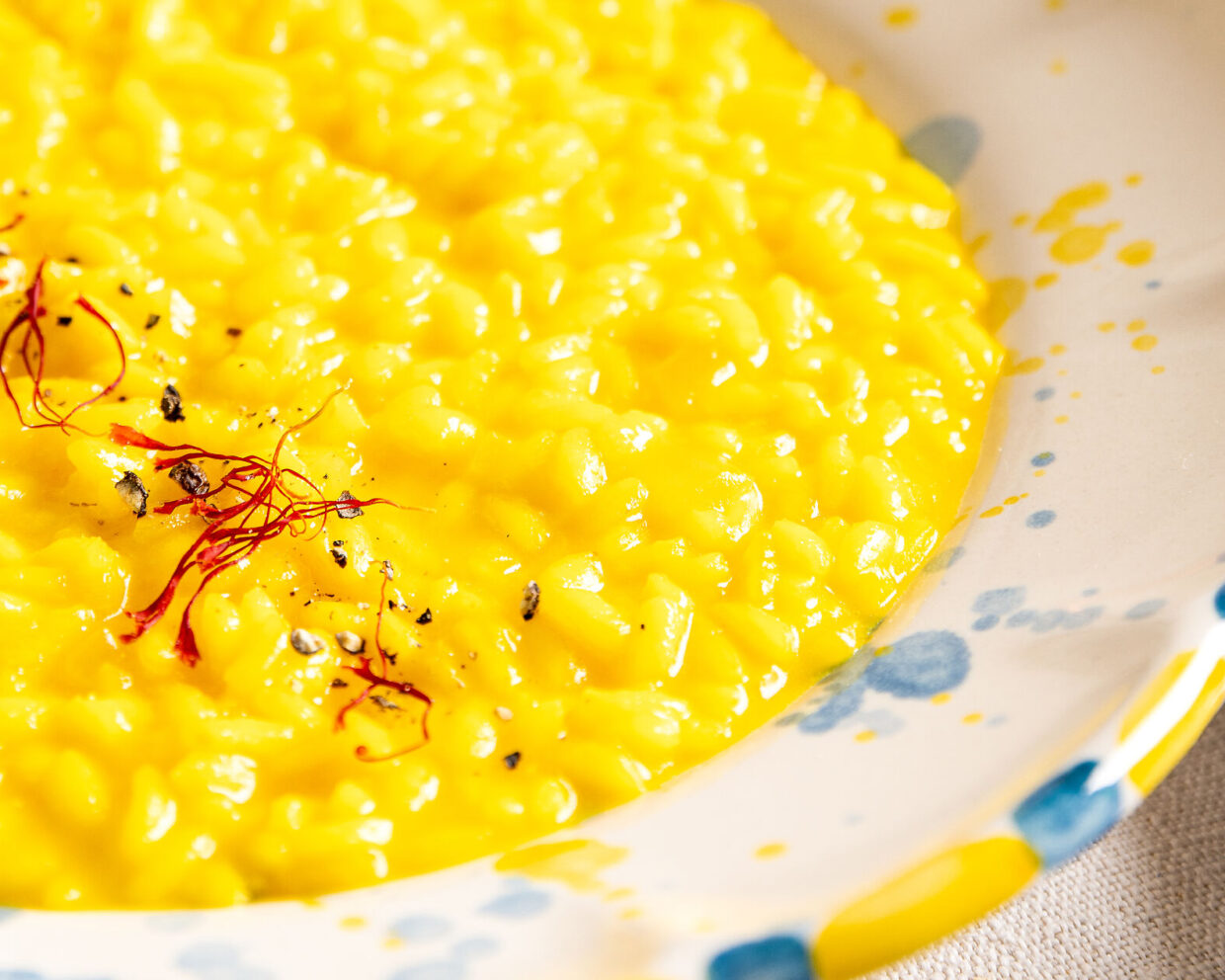
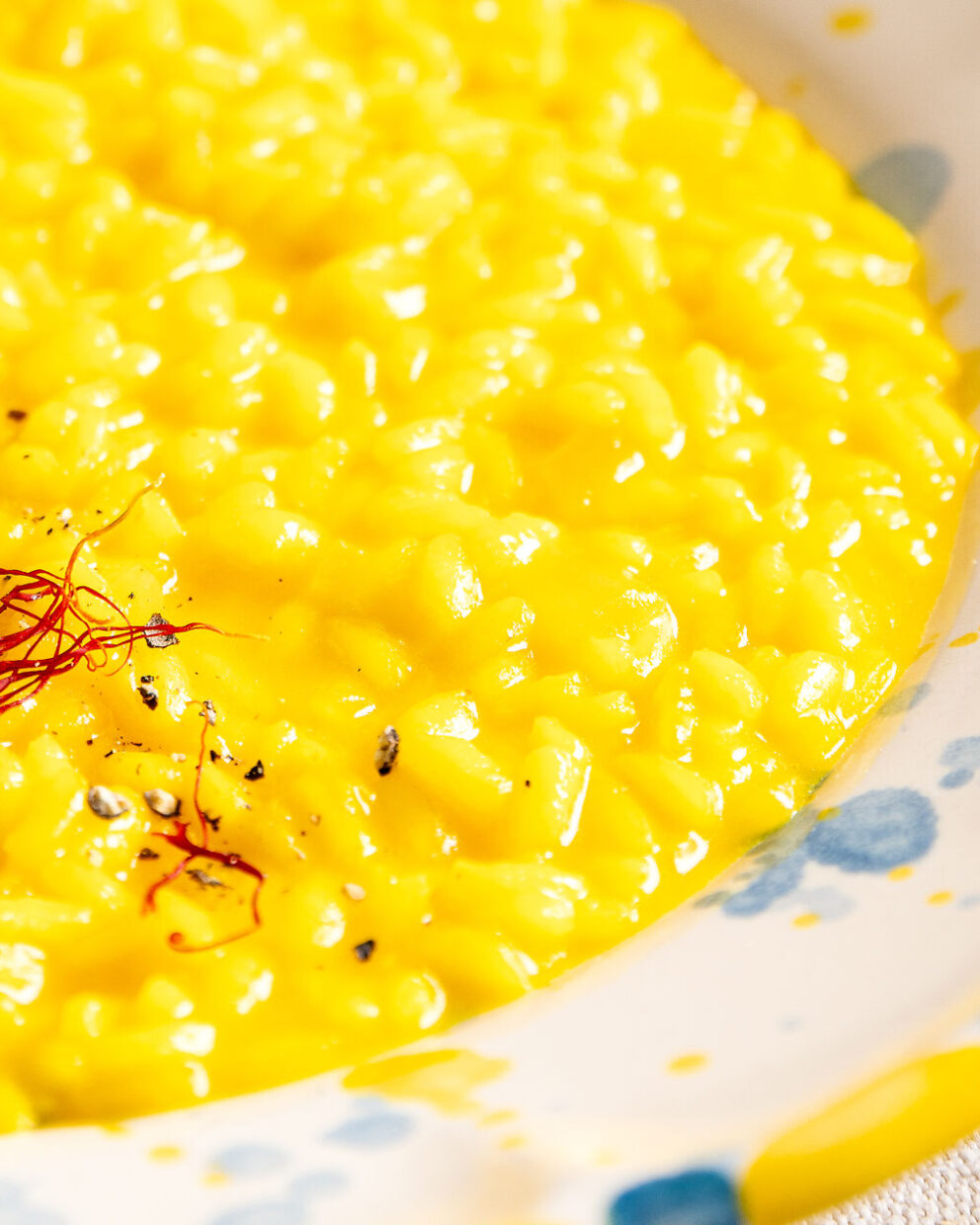
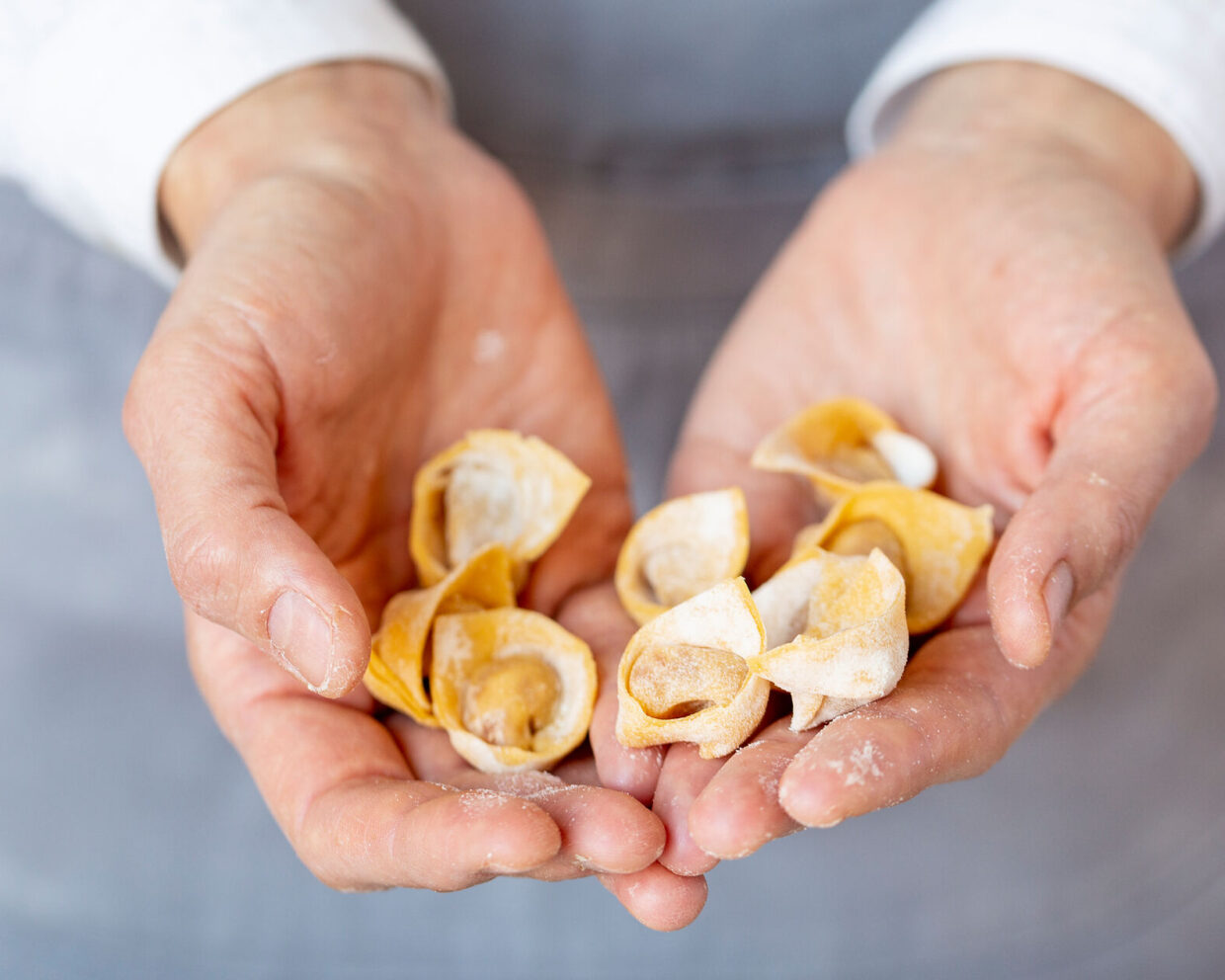
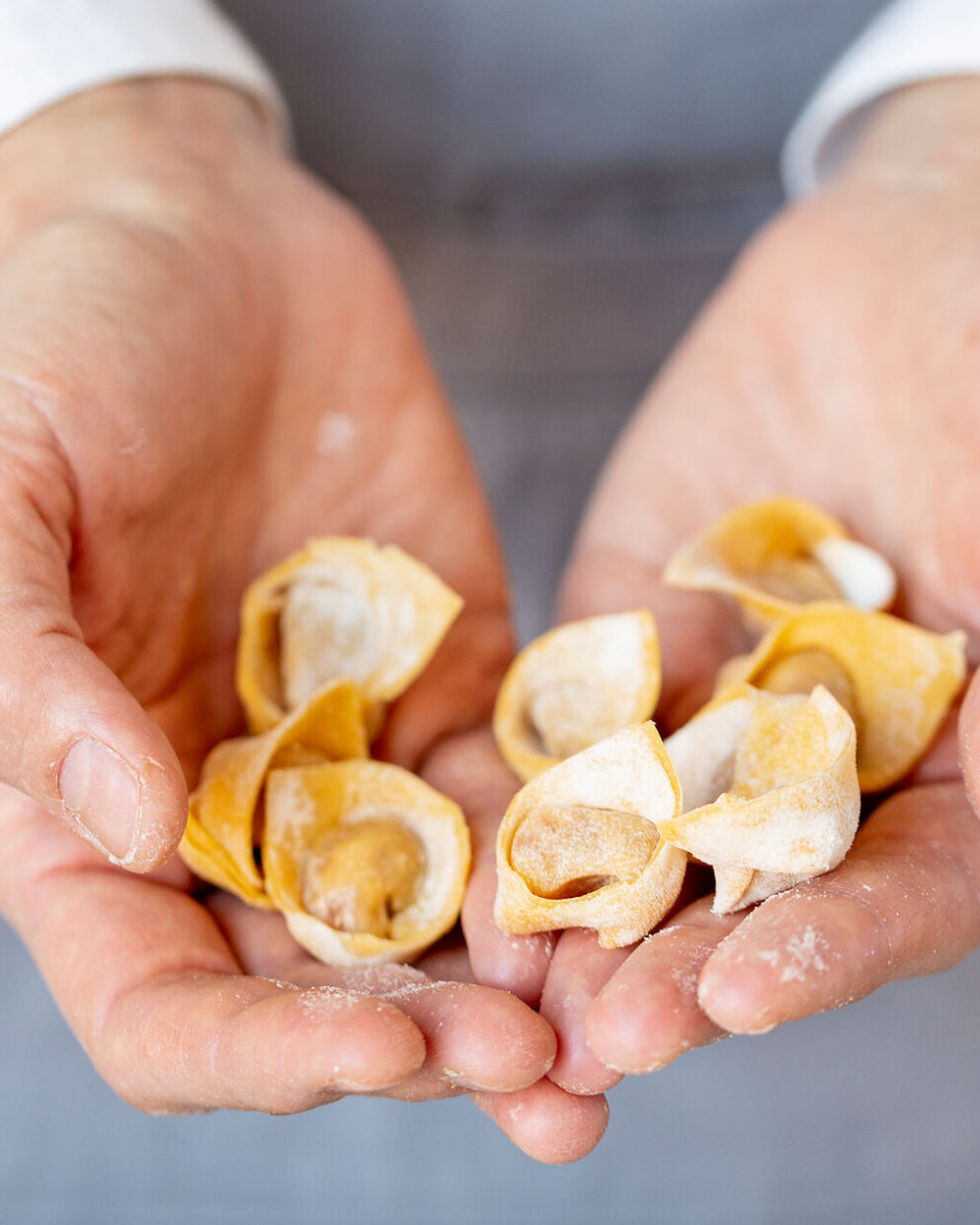
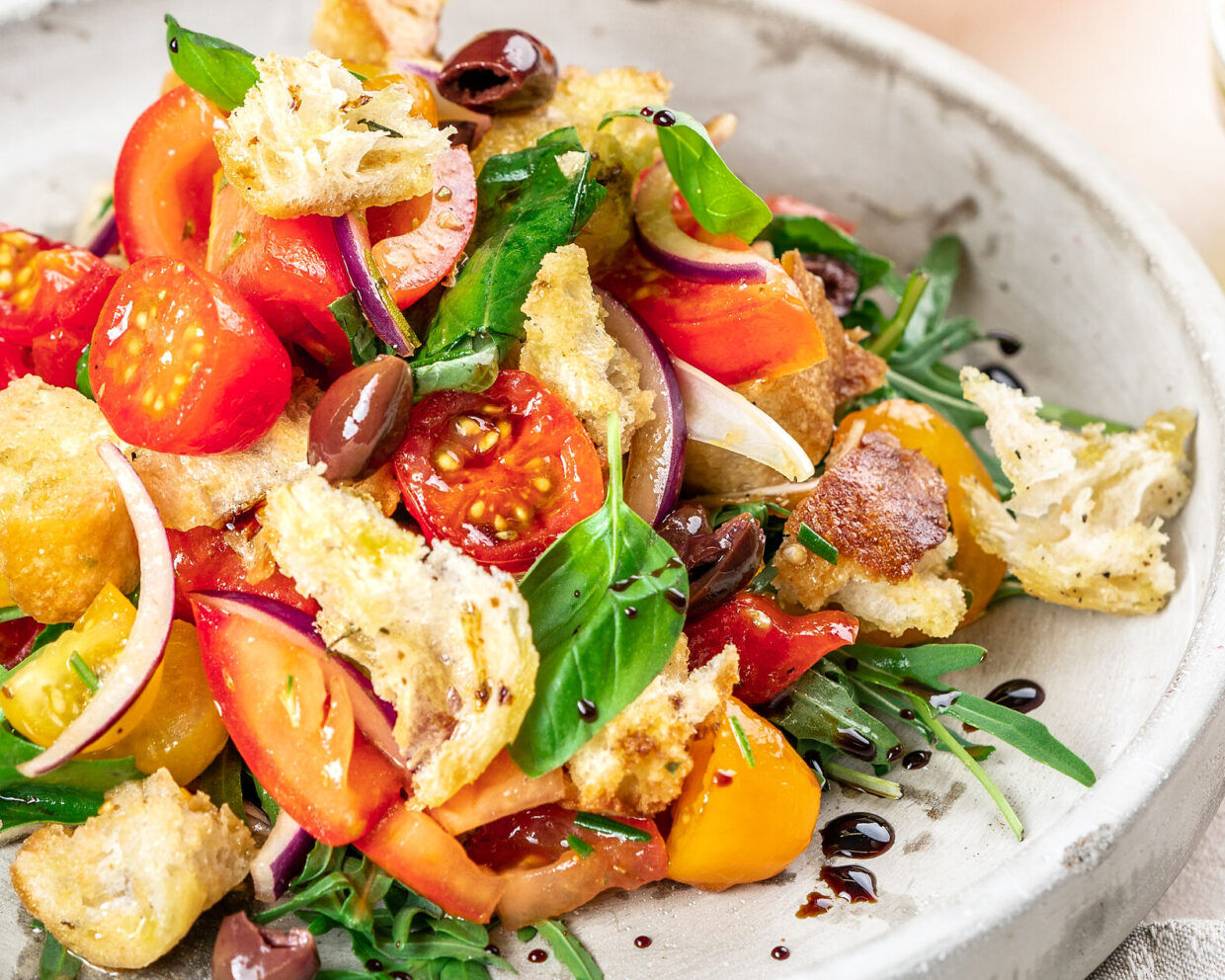
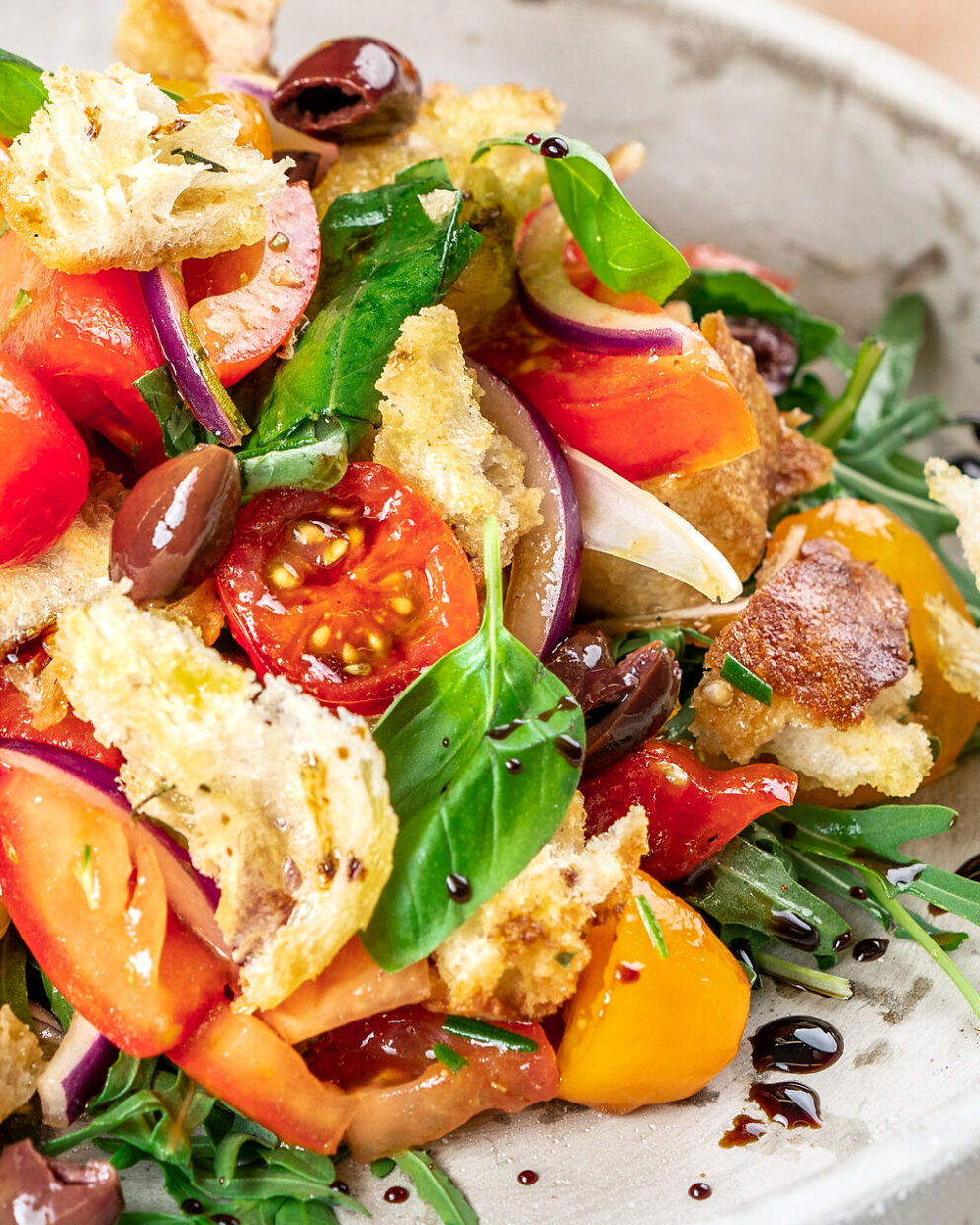
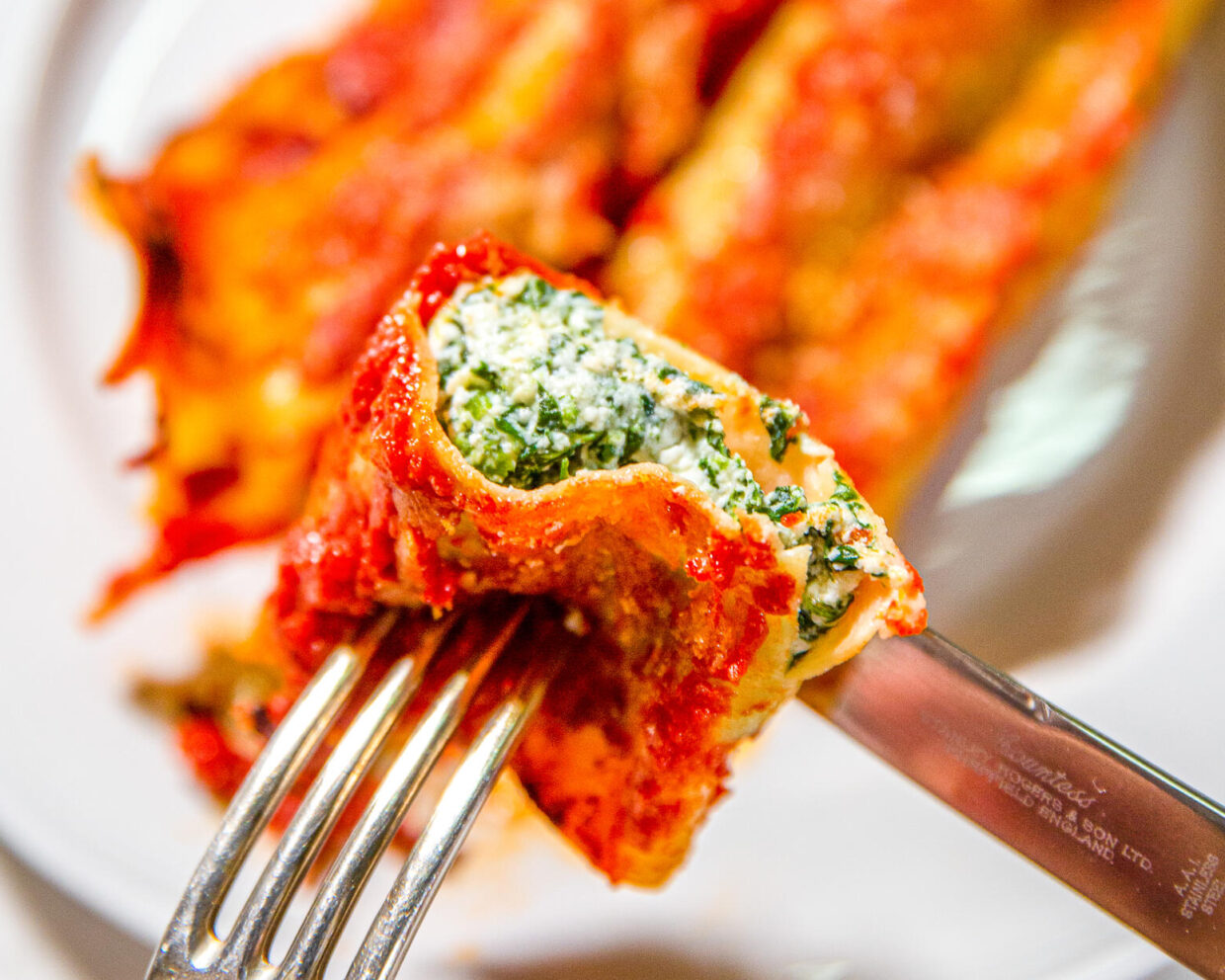
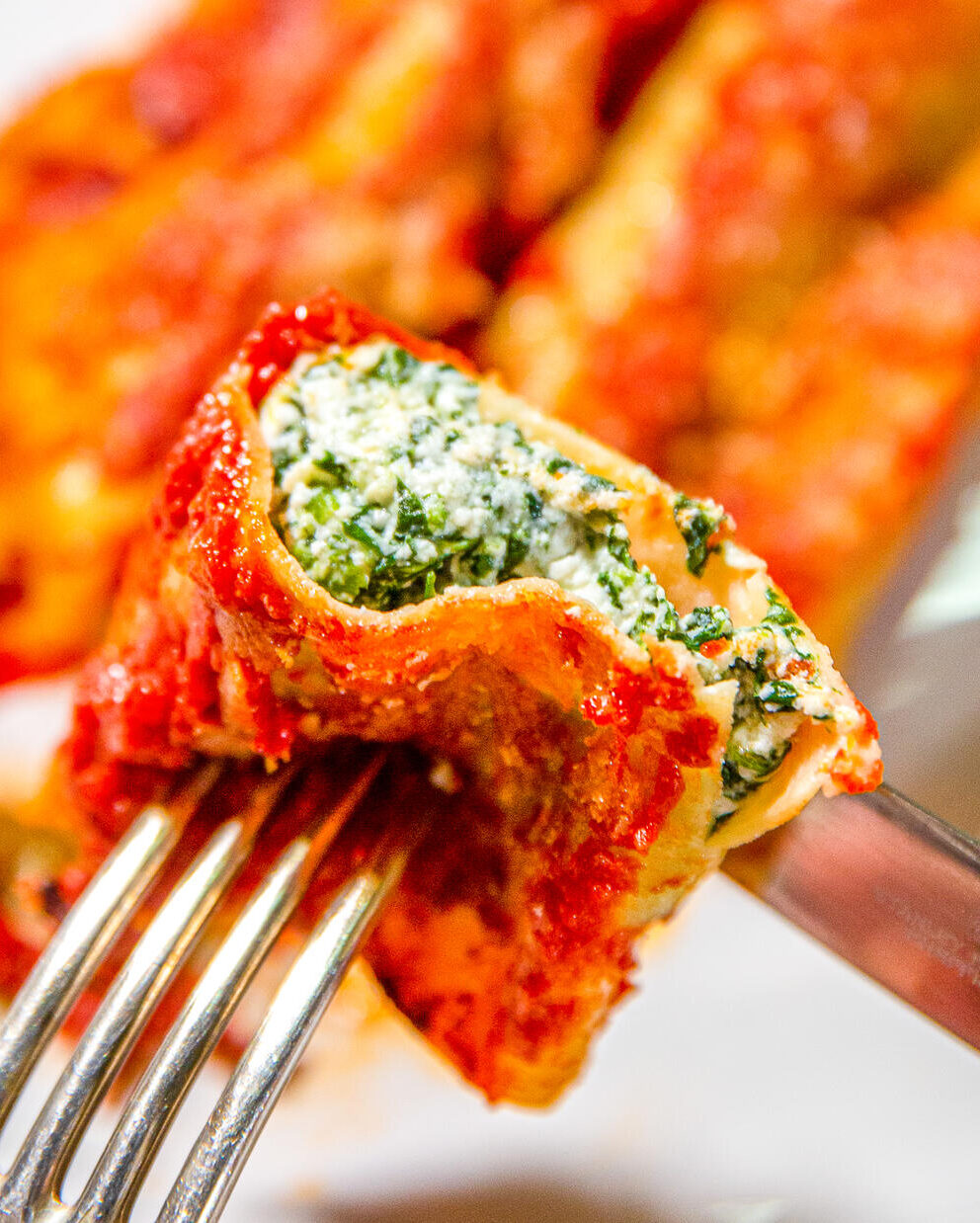
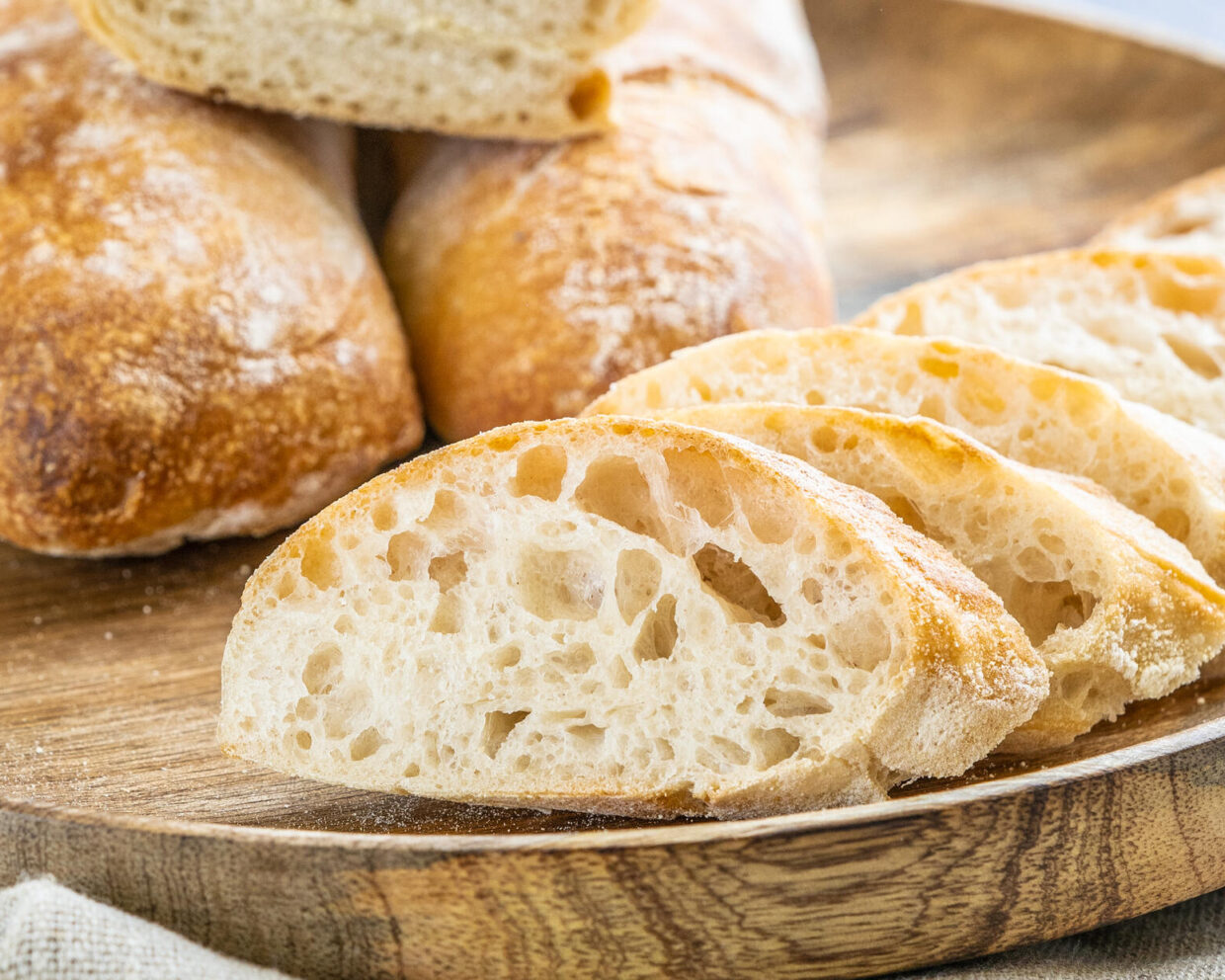
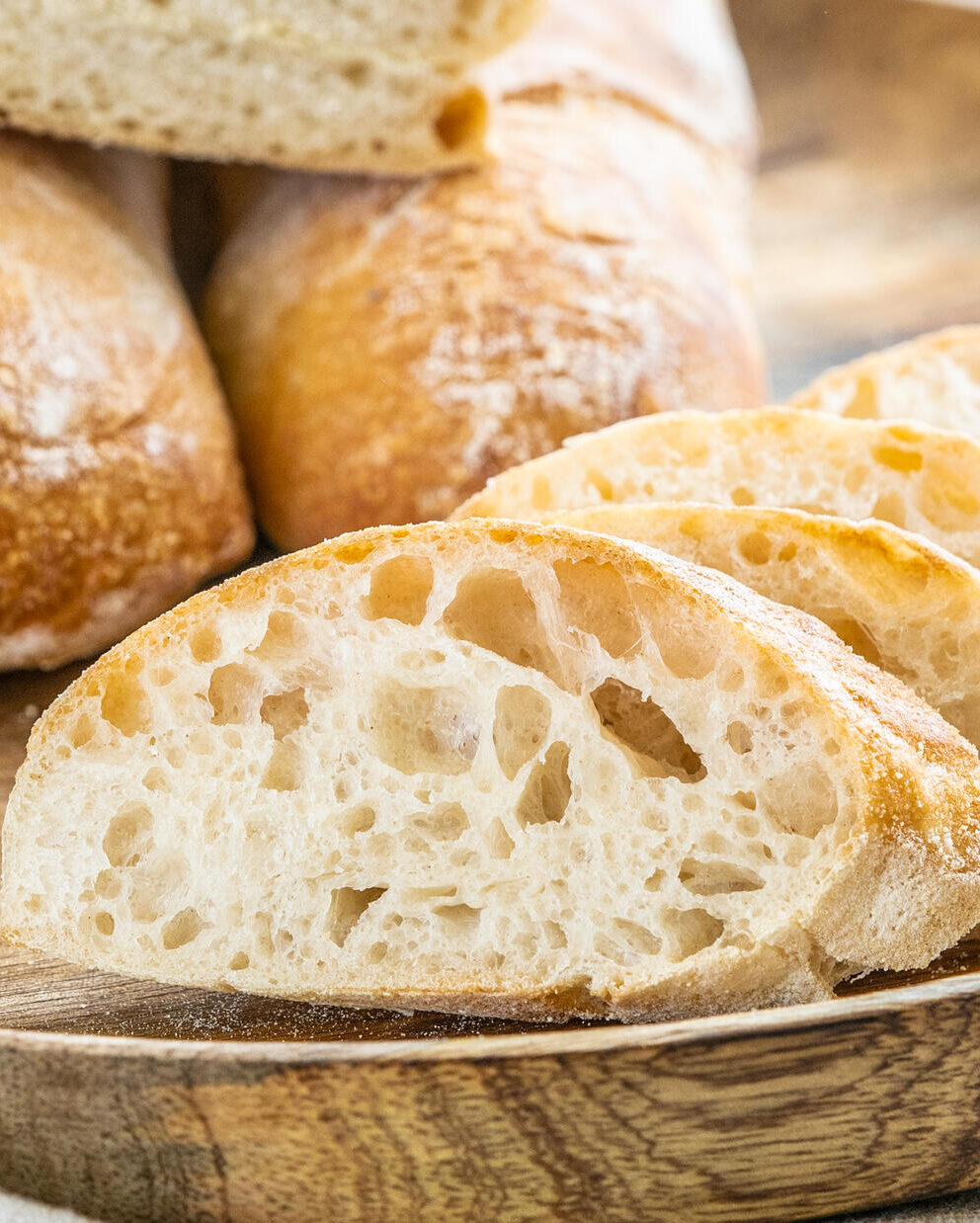
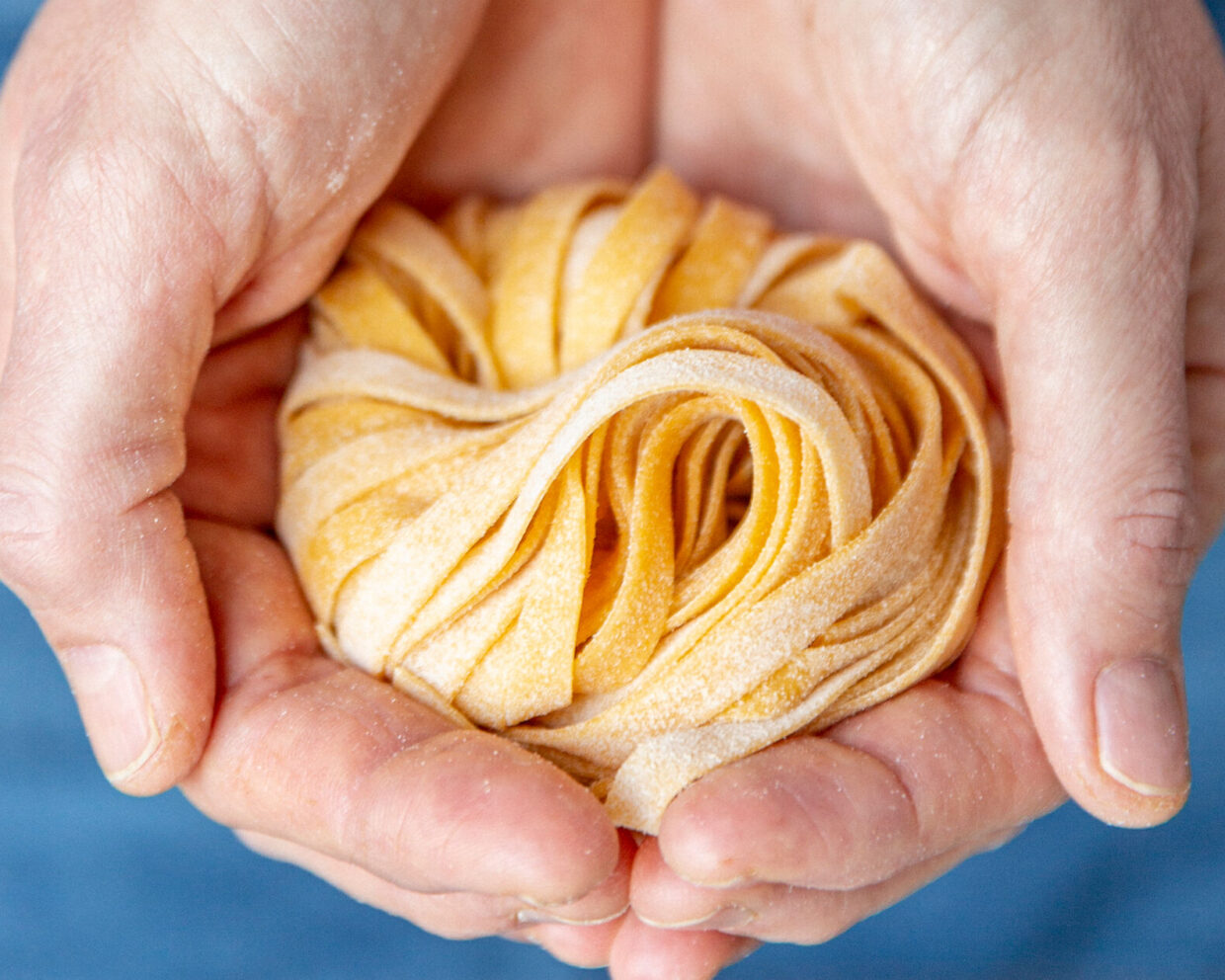
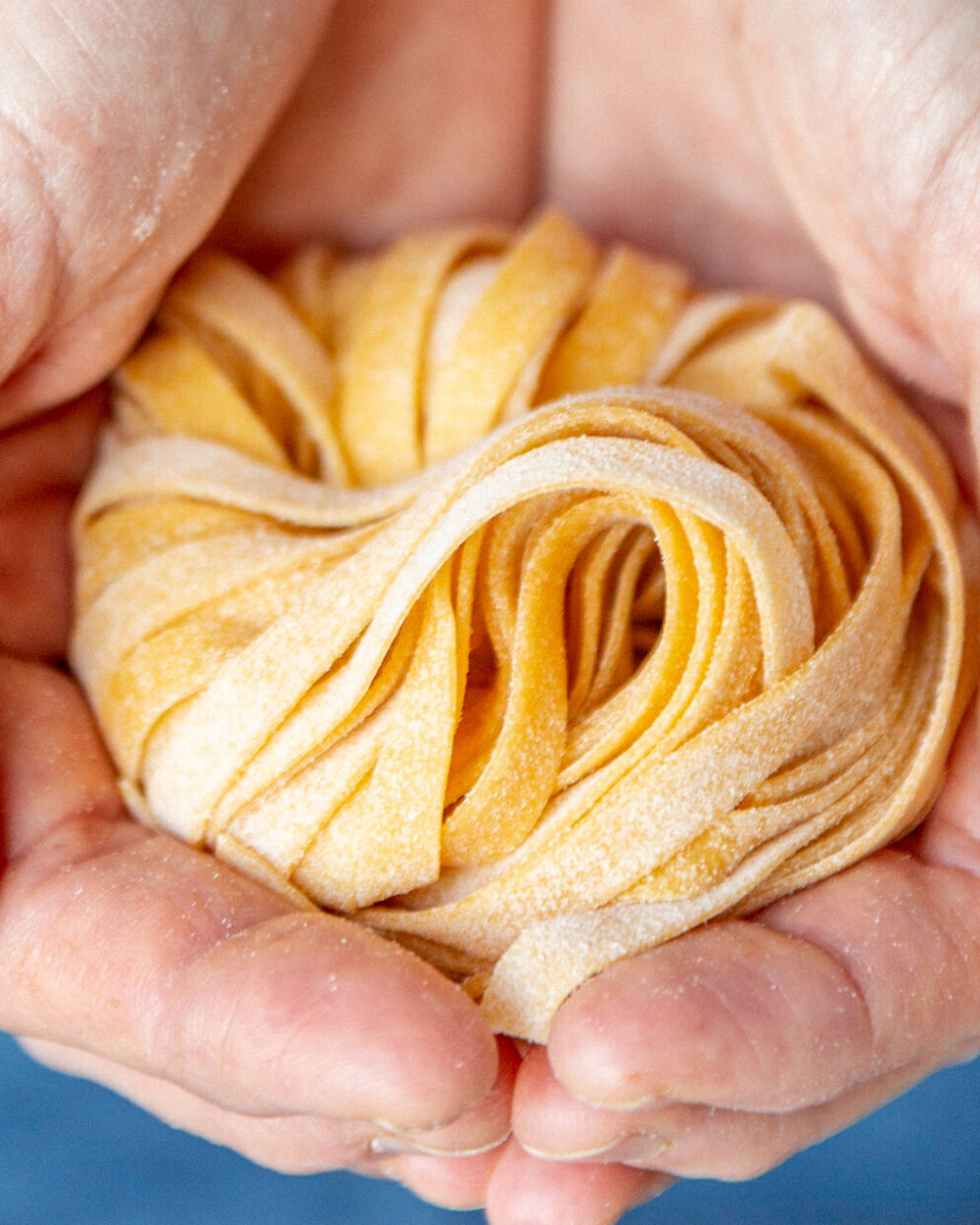
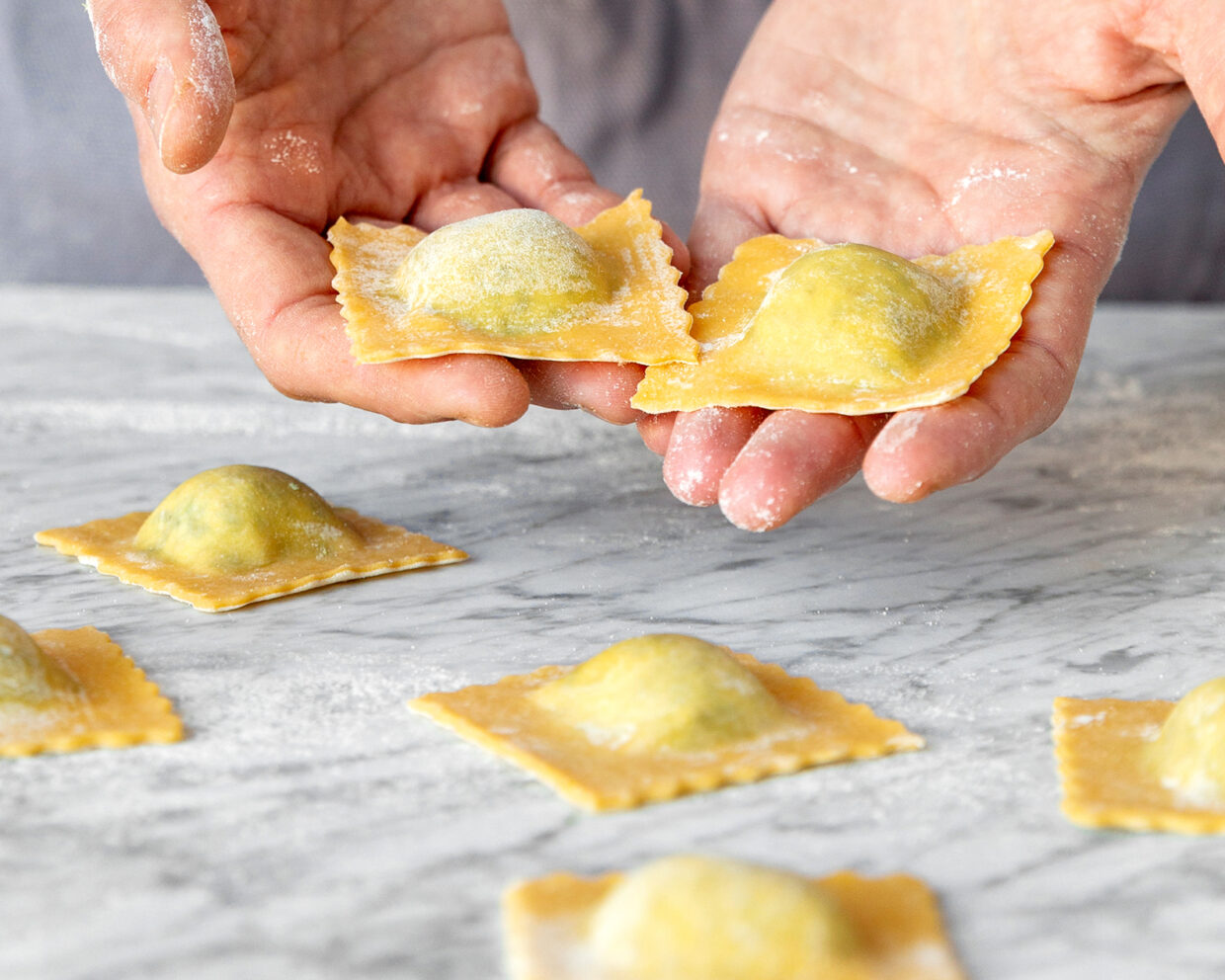
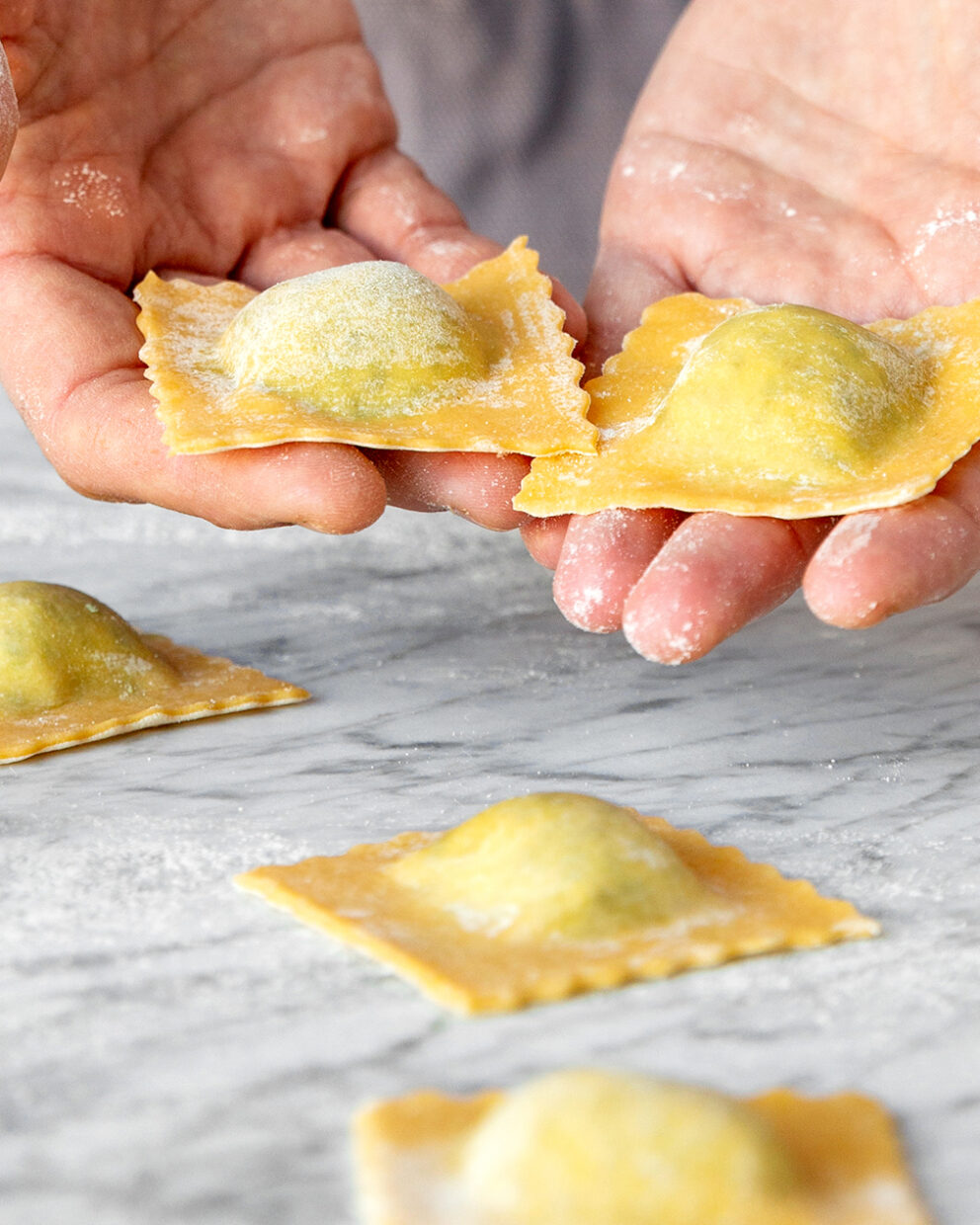
Want to share your thoughts? We're excited to hear what you think of the article. Tell us about your ideas, tips or questions! Leave a comment and share your knowledge with the community. Your opinion counts.
Write a comment